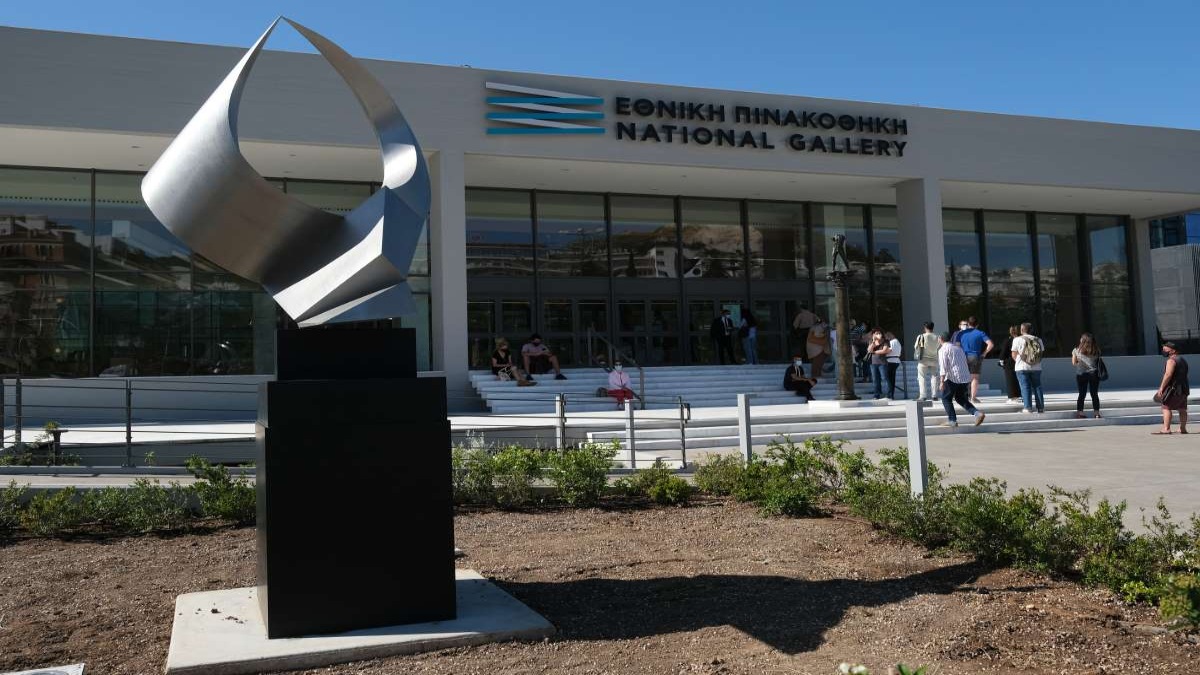The National Gallery – Alexandros Soutsos Museum was founded on 10 April 1900 by a law which provided for the position of curator of the Foundation. The renowned painter Georgios Iakovidis was selected to be appointed to this position. On 28 June 1900, its operating rules were established. The first collections of the National Gallery came from the Technical University and the University of Athens. These were soon afterwards enriched by important donations.
Today, the National Gallery’s collections feature more than 20,000 works of painting, sculpture, engraving and other forms of art and constitute the treasury of modern Greek artistic creation, covering a period from the post-Byzantine period to the present day. It also houses a remarkable collection of Western European painting. In 1954, the National Gallery was merged with the Alexandros Soutsos bequest, hence its dual name.
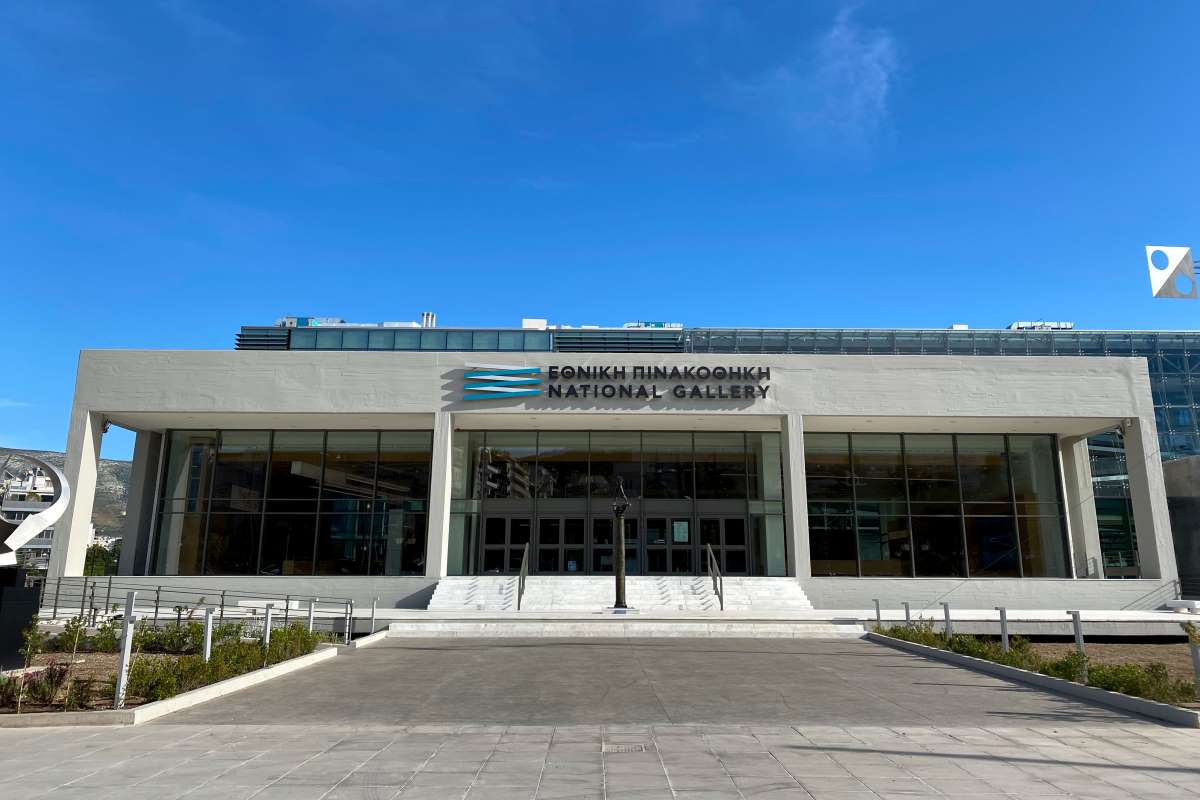
In the thematic sections of the permanent exhibition, visitors can admire more than 1,000 works of modern Greek art, while the temporary exhibitions of Greek and foreign artists are of equal interest. The National Gallery-Alexandros Soutsos Museum also has a rich library with a priceless archival material and specialised maintenance workshops that are equipped with state-of-the-art systems for the detection, study and restoration of works of art.
In recent years, the National Gallery-Alexandros Soutsos Museum developed a large publishing activity both in printed and digital form, which includes guides to its collections, important scientific catalogues accompanying the exhibitions, as well as educational books for young people.
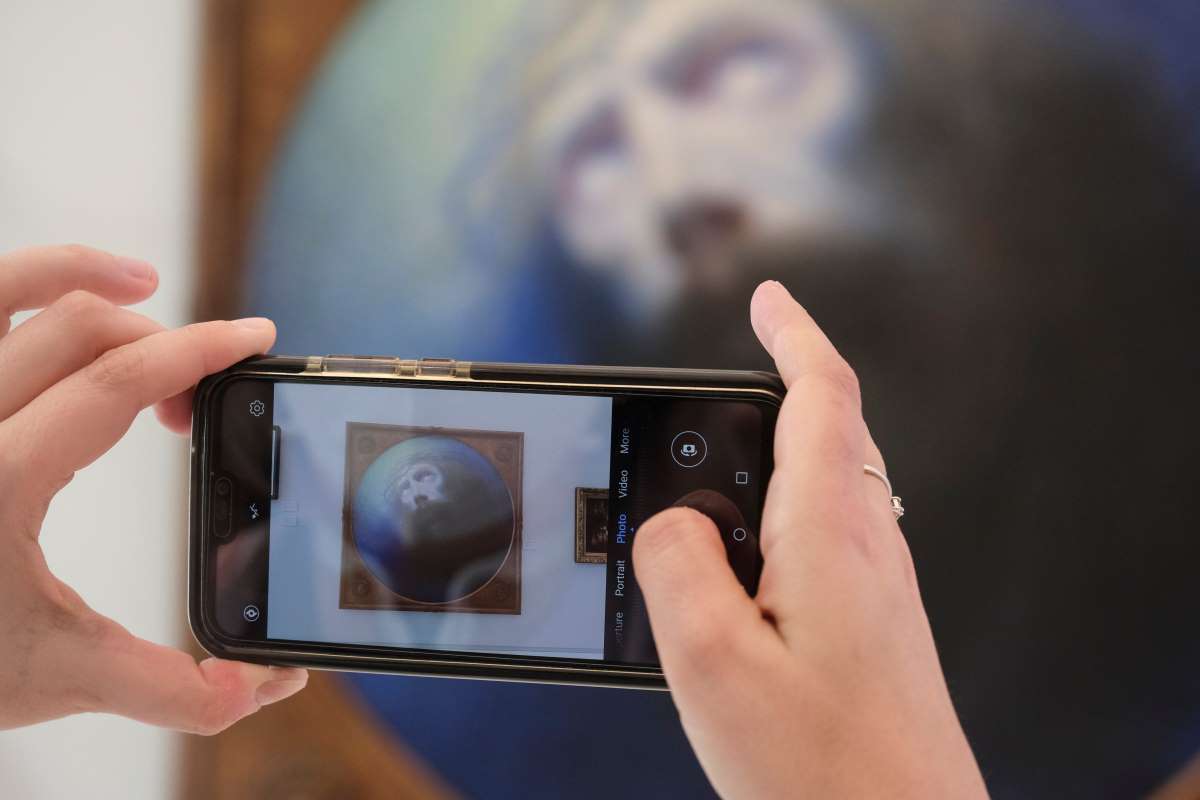
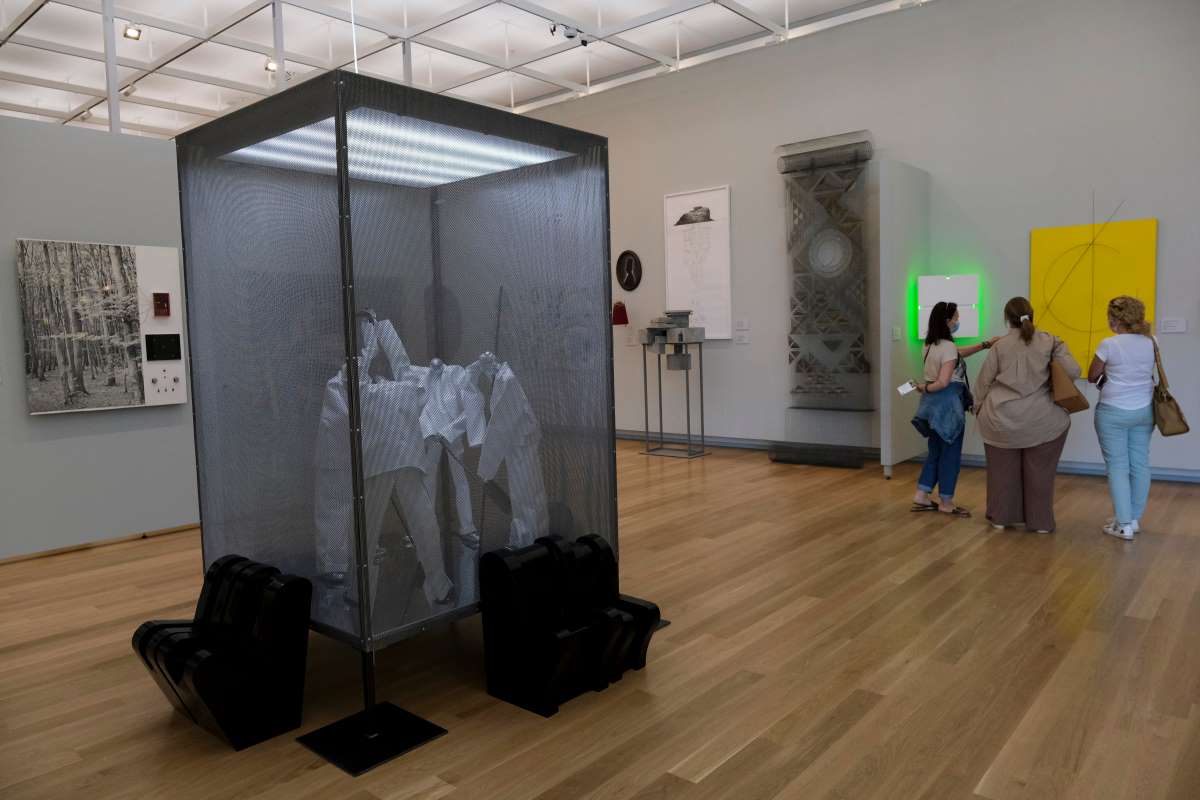
The reconstruction
A landmark of the Greek art and culture, was the complete reconstruction of the National Gallery – Alexandros Soutsos Museum in 2021, thus further enhancing the cultural identity of Attica and the country, in general. Since then, when passing by Vassilios Konstantinou Street (on which the main entrance is located), everyone can admire a true gem of a building in the centre of Athens, a place of enormous cultural and artistic value.
With the reconstruction of the site, Attica has acquired another iconic cultural space of modern standards that adds value to its cultural identity. This reconstruction has attracted a large number of Greek and foreign visitors as it has highlighted this important cultural site of great tourist interest.
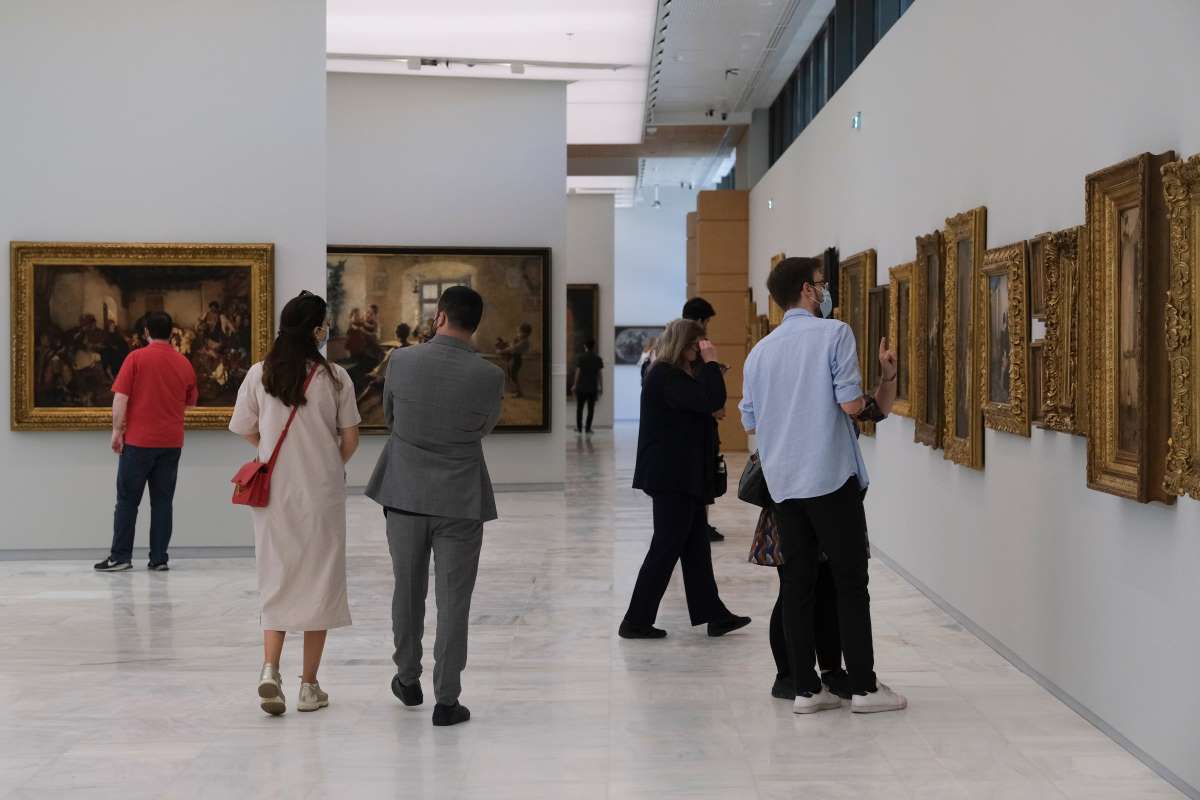
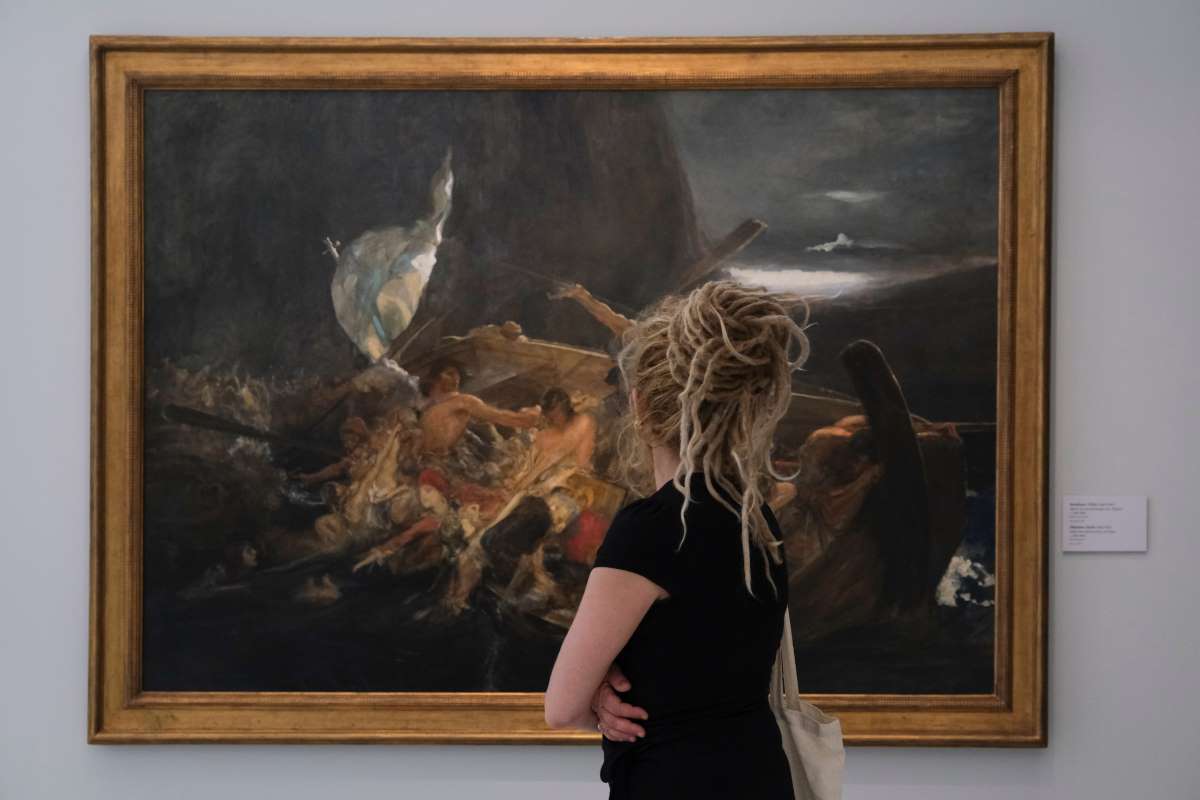
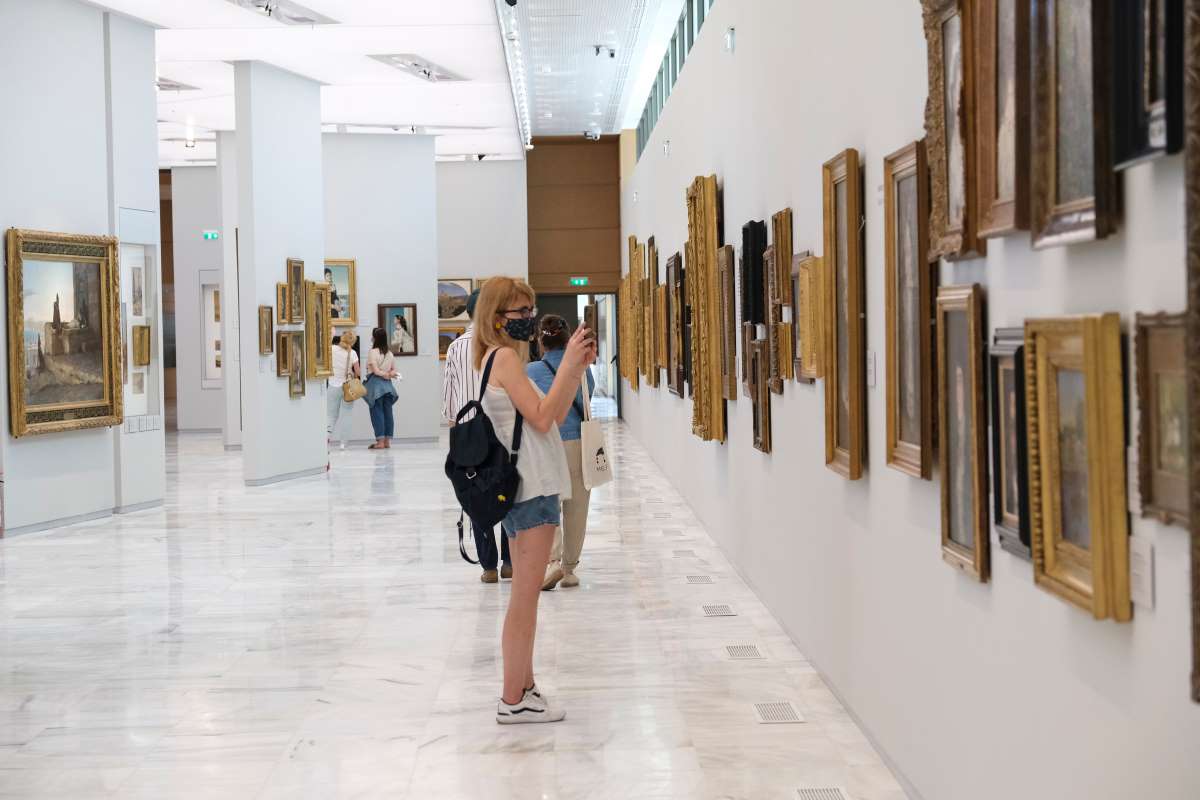
What did the reconstruction works include
According to the project, three new underground spaces were constructed (BUILDING C’), the existing BUILDINGS A and B were renovated, Building B was extended by adding a floor and extending it (with the addition of staircases, ramps and lifts), structural reinforcements and landscaping were carried out. At the same time, other recently-established spaces include: reception areas and visitor traffic areas to the rooms that feature permanent and temporary exhibitions, a shop, cloakroom, amphitheatre, temporary exhibitions and permanent collections, administration areas, library and art conservation workshops, as well as storage areas for works of art and valuable objects.

The project was completed with the assistance of the Region, which financed 50% of the works with the amount of 18 million euros through the Attica Regional Development Plan.

Info:
Info: The National Gallery https://www.nationalgallery.gr/
BRANCHES
Coumantaros Art Gallery, Sparta
National Gallery – Corfu Annex
